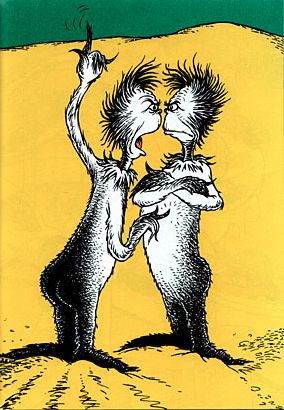 This writer had no idea about scene structure, conflict, dialogue or any of the other elements of writing a book. I thought I’d write a wonderful story in which the character(s) would go through experiences ranging from happy to harmonious. This was probably a reaction to my childhood—where there was a lot of conflict. During those periods of conflict, I would hide in the barn or get lost in the woods. To this day, I have trouble getting through the conflict in a book or movie, even though I know the ending will be satisfactory. Sometimes, during tough scenes in movies, I need to get up and leave, coming back when the conflict has ebbed.
This writer had no idea about scene structure, conflict, dialogue or any of the other elements of writing a book. I thought I’d write a wonderful story in which the character(s) would go through experiences ranging from happy to harmonious. This was probably a reaction to my childhood—where there was a lot of conflict. During those periods of conflict, I would hide in the barn or get lost in the woods. To this day, I have trouble getting through the conflict in a book or movie, even though I know the ending will be satisfactory. Sometimes, during tough scenes in movies, I need to get up and leave, coming back when the conflict has ebbed.
However, I have learned, conflict is absolutely essential. Conflict allows the character to be developed to their fullest, so the reader can learn as much as possible about who that character really is. Think of “Little Red Riding Hood” or “Jack and the Beanstalk”, what would those stories be without the wolf and the giant ogre. What would they be without conflict? I introduced conflict in the very first chapter of my novel Home Again, and we see it clearly again in the third chapter—conflict is front and center. I worked hard to get comfortable with conflict and to find ways to incorporate it into my writing, in spite of my history.
After I had been at it for three or four weeks, I happened to go to a lecture on cinematography, presented by a professor from the University of Miami, Rafael Lima. After the lecture, he stood around and talked to some of the guests, and my wife urged me to talk to him about my writing project. The professor, who has subsequently become a close friend, treated me as an equal and was interested in what I had to say. When I sent him my manuscript (probably 10-12 chapters), he promptly replied with strong encouragement. So much so that I thought he was putting me on. I think he sensed I needed the positive reinforcement.
To this day, I can feel his presence when I’m writing. His most important bit of advice was something I will never, ever forget. It may sound very simplistic, but he told me to “crawl into the skin of the character.” What does he see? Hear? Smell? Feel? It sounds so basic, but it’s so very important.
Here is example from the very first page of chapter 2 of Home Again:
The passage before crawling into the character’s skin:
“…Lying on the ground, Zach used an old butternut log to steady his rifle.”
The passage after crawling:
“…Lying on the ground, using an old butternut log to steady his rifle, Zach felt the cool dampness of the early spring earth through his long wool underwear.”
Another passage before crawling:
“Zach carefully aimed his rifle for the second shot…”
And after:
“The smell of the thawing earth rose to his nostrils, mixing with fumes of the gun oil he had applied the night before. Pressing his cheek to the custom-made walnut gunstock, he felt the silky coolness of the wood. His right hand tightened on the rifle grip…The bill of his hunting cap shielded his eyes and helped him focus on the target…He rubbed his finger on the side of the gunstock to increase sensitivity…”
Whenever, a new scene is introduced, the reader needs to be “grounded” in the scene. Following the characters senses is an effective way to do it.
Photo credit: The Sneetches and Other Stories by Dr. Seuss.

Leave a Reply